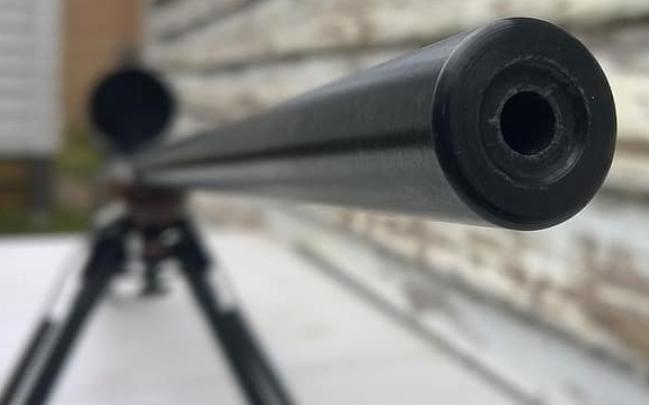Are you in search of a new thermal hunting scope? You might be surprised to learn that there are a ton of them out there, and the amount of information about them can become overwhelming to understand. The variety of options available has a range of features that make some models more suitable for certain people while they might not be useful for others.
Thermal scopes are not something you can merely buy just like that. There are thermal scopes designed for a variety of purposes. When it comes to thermal imaging for rifles, there are scopes designed for sports that are fantastic at capturing the target in motion. Then there are the scopes specifically designed to help hunters get an edge while doing what they love.
With anything that you use with a firearm, thermal hunting scopes also require plenty of research before you consider buying a model for your hunting rifle. We have created this guide to help you recognize the features you need to consider when purchasing a thermal hunting scope. It will help you make a better choice for the attachment you are buying for use with your rifle and get the best results for your hunting experience.

1. Resolution of Scope and Sensor
One of the first features you need to consider when buying a thermal scope for hunting rifles is the resolution. You should understand that the thermal sensor resolution is different from the resolution of the scope. The resolution of the scope is supposed to be higher than the resolution of the thermal sensor. The difference in their resolution leads to a more precise image that can be useful for hunting. A thermal hunting sight with the same scope and sensor resolution will not provide you as clear an image when you are hunting.
2. Scope Detection Range
The second feature you should consider is the scope’s detection range. The detection range for thermal hunting scopes refers to the distance to which you can get a clear image. There are hunting scopes that can provide you a clear image for distances as far as 4,000 yards. These are high-quality models that fetch a greater price tag. There are also entry-level thermal hunting scopes with a shorter scope detection range of around 1,000 yards. Professional hunters never use the lower-end thermal scopes. Entry-level and intermediate hunters can use the thermal scopes with a shorter detection range before moving on to a device that offers a better range.
3. Magnification
The magnification defines a thermal hunting scope’s ability to zoom in on what you are looking at. Each thermal scope that you buy in the market will come with the details and specs about the device’s magnification capabilities. One thing that you should keep in mind that the ability of scope to magnify the image affects its resolution. The two features are indirectly proportional to each other. The higher the magnification, the more it affects the resolution of the image you can see through the scope.

4. Refresh Rate
The refresh rate of a thermal hunting scope defines the time its processor takes to refresh the image. Since it is a digitally produced image, there is a slight delay in refreshing the information input into the image data that you see. The general rule when it comes to the refresh rate for thermal hunting scopes is that the higher the refresh rate is, the clearer and more accurate the image will be.
5. Reticle Pattern
Another crucial feature that you should consider when buying a thermal hunting scope is its reticle pattern. The reticle pattern on thermal hunting rifles can come in either the four-line crosshair pattern or a single dot reticle. Both of these reticle patterns can have their merits for the hunter. While this is something you should choose based on personal preference, crosshair reticle patterns can be more helpful while hunting at night. The single dot reticles are useful for greater accuracy.
6. Lens Diameter
The diameter of the scope can play a significant role in what you can see through the scope. The field of view from the thermal hunting scope and its lens diameter are directly proportional. The more substantial the diameter, the more significant field of view you will have. This is something you should consider based on personal preference.

7. Battery Life
Perhaps one of the most crucial features you need to consider when you are looking for a suitable thermal hunting scope is its battery life. The amount of time that the battery can last you on your hunting trip plays a substantial role in your success. Generally, hunters have accepted that a single full charge of the battery should last for at least eight hours of working time. Anything less than that is not ideal. Make sure you get a thermal scope that has long battery life. Overcharging the battery can affect its battery life. Never charge it for longer than necessary.
8. Warranty and Guarantee
It should not be a surprise that thermal hunting scopes are not the cheapest things on the market. This incredibly useful tool can charge a hefty amount. Perhaps one of the most critical factors you need to consider when investing in a thermal hunting scope is its warranty period. You will be taking the device into challenging conditions when it is attached to your rifle. There is a chance that it can get damaged. Make sure you check that there is an adequate guarantee and warranty before you buy the thermal hunting scope.
Final Thoughts
Thermal hunting scopes are becoming increasingly common as more products enter the market. When you are buying one, knowing what to look for can help you make the best purchase decisions. We hope this article helps you in finding the perfect sight. Happy hunting!